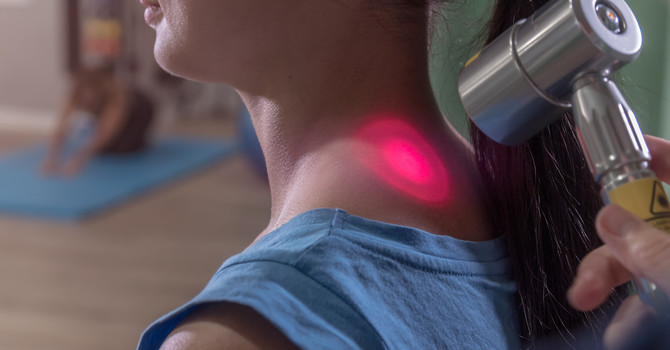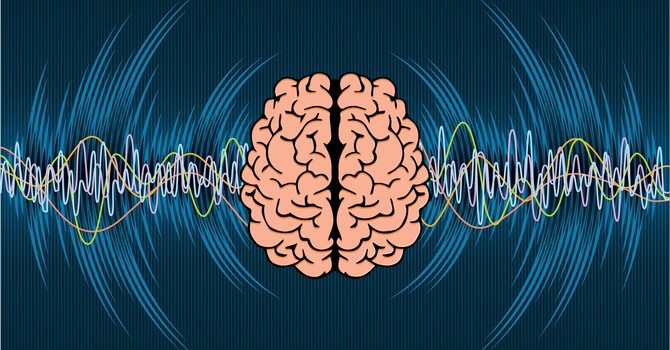Have you visited an ENT and gotten nowhere, or had a CT scan only to be told everything looks fine?
Feeling dizzy can be frustrating, confusing, and sometimes even scary. But you're not alone, and there are real solutions available. Understanding Dizziness and Vertigo – And How to Find Relief in Saint Paul, MN
Dizziness can be an unsettling experience that disrupts daily life.
This is your sub-headline
Whether it’s a feeling of lightheadedness, spinning, or unsteadiness, the cause is often linked to the vestibular system – a complex structure in the inner ear responsible for balance and coordination. If your dizziness isn’t improving, there’s a good chance that your body just needs the right kind of help to reset and regain balance.
Dizziness vs. Vertigo: What’s the Difference? Dizziness feels like lightheadedness, unsteadiness, or a sense of being off-balance. It can be caused by dehydration, blood pressure changes, anxiety, or inner ear dysfunction. Vertigo is a specific type of dizziness where you feel like you or the world around you is spinning. This sensation is often linked to vestibular conditions such as benign paroxysmal positional vertigo (BPPV), Meniere’s disease, or vestibular neuritis.
What Are the Vestibular Canals and Otoliths?
The vestibular system consists of several key structures that help maintain balance:
-
Semicircular Canals: These three fluid-filled canals in the inner ear detect rotational movements of the head. They work like a gyroscope, sending signals to the brain when you turn your head in different directions.
-
Otolith Organs (Utricle & Saccule): These structures detect linear movements (like moving forward, backward, or up and down) and head tilts. Tiny crystals inside the otolith organs shift with movement, sending signals to the brain about changes in position.
Vestibular dysfunction-related dizziness & vertigo
Vestibular dysfunction
The vestibular canals, also known as the semicircular canals, are three loop-shaped structures in the inner ear that play a crucial role in maintaining balance and spatial orientation. These canals are part of the vestibular system, which helps the brain detect head movements and coordinate balance. Structure of the Vestibular Canals There are three semicircular canals in each ear:
Anterior (Superior) Canal – Detects forward and backward head movement (like nodding).
Posterior Canal – Detects tilting movements (like tipping your head to the side).
Lateral (Horizontal) Canal – Detects rotational movements (like turning your head left or right).
Each canal is filled with a fluid called endolymph and contains a sensory structure called the ampulla, which houses the crista ampullaris—a bundle of hair cells and a gelatinous structure known as the cupula. How the Vestibular Canals Work When you move your head, the endolymph fluid inside the canals shifts due to inertia.
This fluid movement bends the hair cells in the crista ampullaris. The bending of these hair cells sends electrical signals to the vestibular nerve, which then transmits the information to the brain. The brain processes this input along with visual and proprioceptive (body position) signals to help you maintain balance and coordination.
Role in Dizziness and Vertigo If the vestibular canals are damaged or affected by a disorder, the brain may receive incorrect signals about movement, leading to dizziness, vertigo, and balance issues.
Benign Paroxysmal Positional Vertigo (BPPV) occurs when tiny calcium crystals (otoliths) become dislodged and move into the semicircular canals, causing false signals of movement.
Vestibular neuritis (inflammation of the vestibular nerve) can also disrupt the function of these canals, leading to dizziness and imbalance. Understanding the vestibular canals helps in diagnosing and treating balance disorders effectively.
Treatments such as vestibular rehabilitation therapy (VRT), Epley maneuvers (for BPPV), and chiropractic care can help restore proper vestibular function.
Sometimes, dizziness isn’t a direct vestibular issue but rather a result of problems in related areas:
Here are some common reasons:
Upper Cervical Misalignment: The top two vertebrae in the neck (atlas and axis) play a major role in balance. If misaligned, they can disrupt neural communication.
Sinus Pressure & Ear Health: Chronic sinus infections or allergies can affect inner ear pressure, leading to symptoms similar to vestibular disorders.
Eye Alignment Issues: If your eyes aren’t tracking properly, your brain may struggle to maintain balance, causing dizziness. A Phoria Test can help detect muscle imbalances in the eyes.
Inflammation & Infection: Conditions like vestibular neuritis, labyrinthitis, or even chronic sinus infections can create swelling, leading to dizziness.
Circulation Issues: If blood flow to the brainstem or inner ear is reduced (often from migraines or vascular issues), dizziness can occur.
Neck & Structural Problems: The alignment of the upper cervical spine and jaw (TMJ) can impact balance and neural pathways.
Autoimmune Conditions: Diseases such as Meniere’s disease or autoimmune inner ear disease (AIED) can cause episodes of vertigo.
Inner Ear Damage: Trauma, infections, or medications toxic to the ear (ototoxic drugs) can harm vestibular receptors.
Neurological Conditions: Issues like multiple sclerosis or brainstem injuries can affect the way the brain processes balance information.
A Holistic Way to Treat Dizziness in Saint Paul, MN
At O’Keefe Matz Functional Health Clinic, Dr. Janell Matz specializes in advanced treatments designed to help people struggling with dizziness and vertigo find long-term relief. Her approach focuses on uncovering the root cause and using proven, non-invasive therapies to restore balance.
Breakthrough Treatments for Dizziness & Vertigo
Gravity Reset Method: A unique approach that helps the body recalibrate its sense of balance through controlled movement and neurological stimulation.
Frequency-Specific Microcurrent (FSM): A gentle, non-invasive therapy that reduces inflammation and improves nerve function, promoting healing in the vestibular system.
Upper Cervical Chiropractic Techniques: Specific, precise adjustments to the neck to restore proper alignment and improve neural communication.
Functional Medicine: A whole-body approach that identifies and corrects nutritional, hormonal, and inflammatory imbalances contributing to dizziness.
Acupuncture: A natural method to improve circulation, reduce inflammation, and support nervous system health.
Cold Laser Therapy: A cutting-edge treatment that accelerates cellular healing and reduces inflammation in areas affecting balance.
Phoria Testing for Eye Alignment: This simple test checks whether the eyes are working together correctly—an often-overlooked cause of dizziness.
Auricular Adjustment: A gentle technique that stimulates pressure points in the outer ear to help regulate inner ear pressure. This adjustment can improve pressure equalization, reducing sensations of ear fullness and dizziness caused by imbalanced ear pressure.
Calming Vertigo & Dizziness: Regain Stability with Expert Care in Saint Paul, MN
Living with dizziness can be exhausting, but you don’t have to figure it out alone. With a thorough evaluation and a personalized treatment plan, Dr. Janell Matz and the team at O’Keefe Matz Functional Health Clinic can help you regain confidence in your movement and stability. If you or someone you love is struggling with dizziness or vertigo in Saint Paul, MN, call our clinic today to schedule an appointment. We’ll work with you to uncover the cause and create a customized plan to help you feel steady and strong again! Contact O’Keefe Matz Functional Health Clinic Today!




